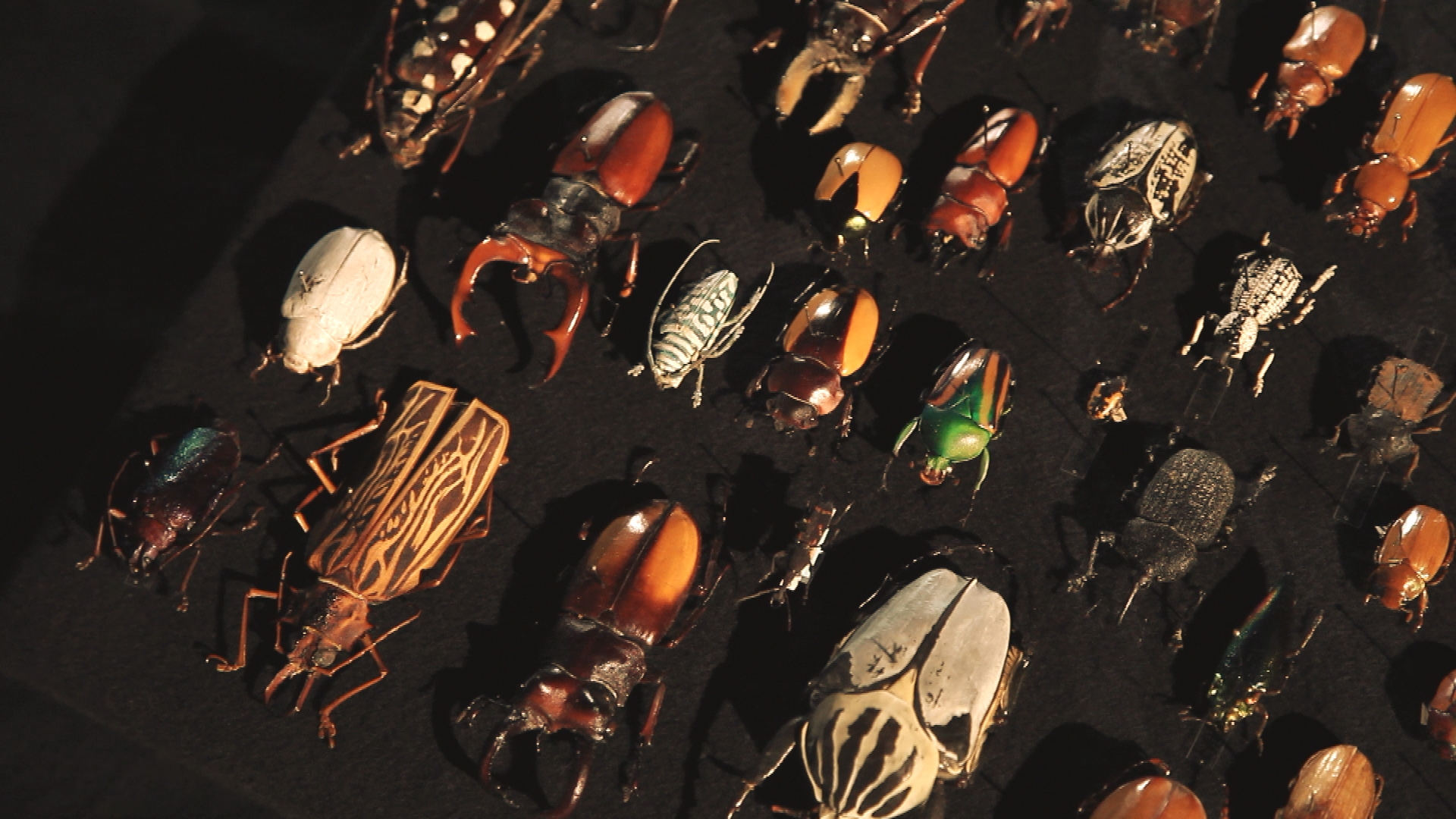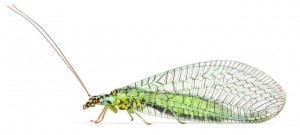In “Science”: Scientists resolve the evolution of insects

A collaboration of more than 100 researchers from 10 countries announce the results of an unprecedented scientific study that resolves the evolutionary history of insects. The results are published in Science, the world’s leading peer-reviewed research journal, and include answers to many long held questions about the evolution of the world’s largest and most diverse group of animals. To handle the “Big Data” in this project, scientists of the Heidelberg Institute for Theoretical Studies (HITS) developed novel software and algorithms. The results, published by scientists from the 1KITE project (1,000 Insect Transcriptome Evolution, www.1kite.org), are essential to understanding the millions of living insect species that shape our terrestrial living space and both support and threaten our natural resources.
“Insects are the most species rich organisms on earth. They are of immense ecological, economic and medical importance and affect our daily lives, from pollinating our crops to vectoring diseases,” says Dr. Bernhard Misof, Professor from the Zoological Research Museum Alexander Koenig in Bonn, Germany, one of those who led the research effort. “We can only start to understand the enormous species richness and ecological importance of insects with a reliable reconstruction of how they are related.”Using a dataset consisting of 144 carefully chosen species, 1KITE scientists present reliable estimates on the dates of origin and relationships of all major insect groups based on the enormous molecular dataset they collected. They show that insects originated at the same time as the earliest terrestrial plants about 480 million years ago. Their analyses therefore suggest that insects and plants shaped the earliest terrestrial ecosystems together, with insects developing wings to fly 400 million years ago, long before any other animal could do so, and at nearly the same time that land plants first grew substantially upwards to form forests.“Phylogeny forms the foundation for telling us the who?, what?, when?, and why? of life,” says Dr. Karl Kjer, Professor from Rutgers University. “Many previously intractable questions are now resolved, while many of the “revolutions” brought about by previous analyses of smaller molecular datasets have contained errors that are now being corrected.”The new reconstruction of the insect tree of life was only possible by a cooperation of more than 100 experts in molecular biology, insect morphology, paleontology, insect taxonomy, evolution, embryology bioinformatics and scientific computing. The consortium was led by Karl Kjer from Rutgers University, USA, Xin Zhou from the Bejing Genomics Institute in China, and Bernhard Misof from the Zoological Research Museum Alexander Koenig in Bonn, Germany.
“We wanted to promote research on the little-studied genetic diversity of insects,” says Dr. Xin Zhou, deputy director at the Bejing Genomics Institute, who initiated the project. “For applied research, it will become possible to comparatively analyze metabolic pathways of different insects and use this information to more specifically target pest species or insects that affect our resources. The genomic data we studied (the transcriptome – all of the expressed genes) gives us a very detailed and precise view into the genetic constitution and evolution of the species studied.”However, the goal to analyze a large number of insect transcriptomes, posed a major challenge to the bioinformatics and scientific computing team within 1KITE. “During the planning phase of the project it became clear that the available software would not be able to handle the enormous amount of data,” relates Dr. Alexis Stamatakis, group leader at the Heidelberg Institute of Theoretical Studies in Germany. “The development of novel software and algorithms to handle “big data” such as these, is another notable accomplishment of the 1KITE team, and lays a theoretical foundation for future analyses of other very large phylogenomic data sets.”The 1KITE team’s diverse strengths and strong international cooperation, including museum repositories for vouchering of specimens, results, and metadata, is a blueprint for international excellence in research. www.1kite.org
The publication: „Phylogenomics resolves the timing and pattern of insect evolution“ (Authors: Bernhard Misof, Shanlin Liu, Karen Meusemann, Ralph S. Peters, Alexander Donath, Christoph Mayer, Paul B. Frandsen, Jessica Ware, Tomás Flouri, Rolf G. Beutel, Oliver Niehuis, Malte Petersen, Fernando Izquierdo-Carrasco, Torsten Wappler, Jes Rust, Andre J. Aberer, Ulrike Aspöck, Horst Aspöck, Daniela Bartel, Alexander Blanke, Simon Berger, Alexander Böhm, Thomas Buckley, Brett Calcott, Junqing Chen, Frank Friedrich, Makiko Fukui, Mari Fujita, Carola Greve, Peter Grobe, Shengchang Gu, Ying Huang, Lars S. Jermiin, Akito Y. Kawahara, Lars Krogmann, Martin Kubiak, Robert Lanfear, Harald Letsch, Yiyuan Li, Zhenyu Li, Jiguang Li, Haorong Lu, Ryuichiro Machida, Yuta Mashimo, Pashalia Kapli, Duane D. McKenna, Guanliang Meng, Yasutaka Nakagaki, José Luis Navarrete-Heredia, Michael Ott, Yanxiang Ou, Günther Pass, Lars Podsiadlowski, Hans Pohl, Björn M. von Reumont, Kai Schütte, Kaoru Sekiya, Shota Shimizu, Adam Slipinski, Alexandros Stamatakis, Wenhui Song, Xu Su, Nikolaus U. Szucsich, Meihua Tan, Xuemei Tan, Min Tang, Jingbo Tang, Gerald Timelthaler, Shigekazu Tomizuka, Michelle Trautwein, Xiaoli Tong, Toshiki Uchifune, Manfred G. Walzl, Brian M. Wiegmann, Jeanne Wilbrandt, Benjamin Wipfler, Thomas K. F. Wong, Qiong Wu, Gengxiong Wu, Yinlong Xie, Shenzhou Yang, Qing Yang, David K. Yeates, Kazunori Yoshizawa, Qing Zhang, Rui Zhang, Wenwei Zhang, Yunhui Zhang, Jing Zhao, Chengran Zhou, Lili Zhou, Tanja Ziesmann, Shijie Zou, Yingrui Li, Xun Xu, Yong Zhang, Huanming Yang, Jian Wang, Jun Wang, Karl M. Kjer, Xin Zhou) was released on November 7, 2014, in „Science“. (Vol. 346 no. 6210 pp. 763-767, DOI: 10.1126/science.1257570 )
Press contact:
Dr. Peter Saueressig
Head of Communications
Heidelberg Institute for Theoretical Studies (HITS)
Phone: +49-6221-533245
Peter.saueressig@h-its.org
www.h-its.org
Twitter: @HITStudies
Scientific Contact:
Dr. Alexandros Stamatakis
Scientific Computing group
HITS Heidelberger Institut für Theoretische Studien
Tel: +49-6221-533-240
alexandros.stamatakis@h-its.org
About HITS
HITS, the Heidelberg Institute for Theoretical Studies, was established in 2010 by physicist and SAP co-founder Klaus Tschira (1940-2015) and the Klaus Tschira Foundation as a private, non-profit research institute. HITS conducts basic research in the natural, mathematical, and computer sciences. Major research directions include complex simulations across scales, making sense of data, and enabling science via computational research. Application areas range from molecular biology to astrophysics. An essential characteristic of the Institute is interdisciplinarity, implemented in numerous cross-group and cross-disciplinary projects. The base funding of HITS is provided by the Klaus Tschira Foundation.
